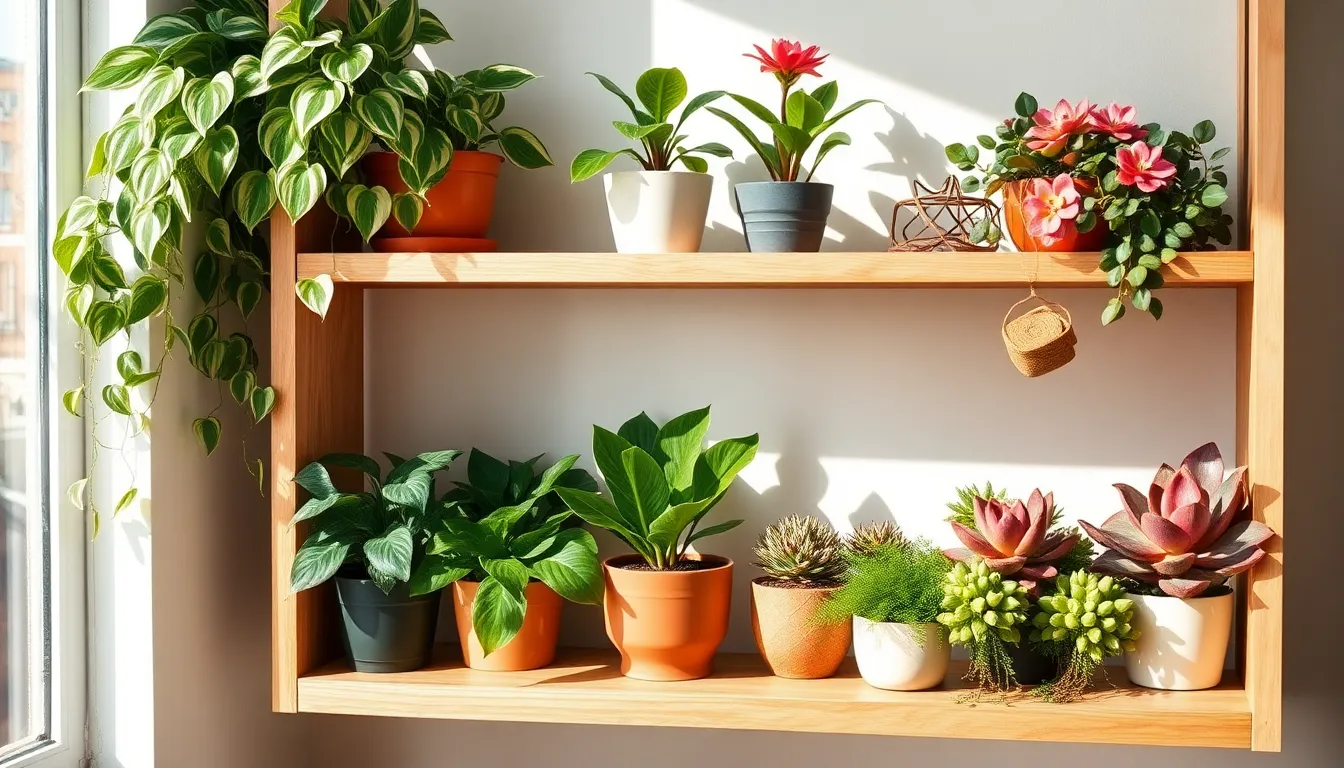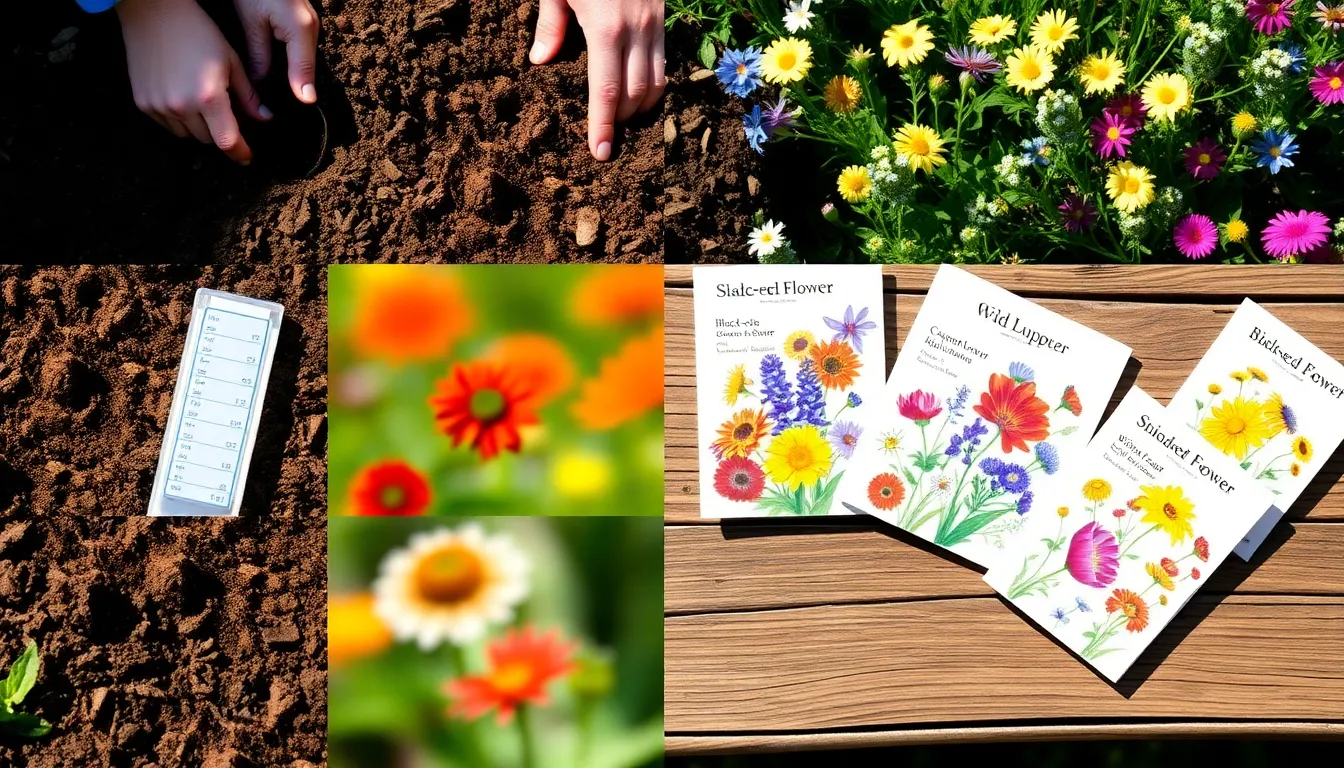Flower Garden Designs

There’s nothing quite like the vibrant presence of indoor plants to breathe life and color into your home. For both ...

Creating a wildflower meadow in your garden is like painting with nature’s most vibrant palette, offering a stunning display of ...








